Commercials With Funny Name People Like Chris P Bacon
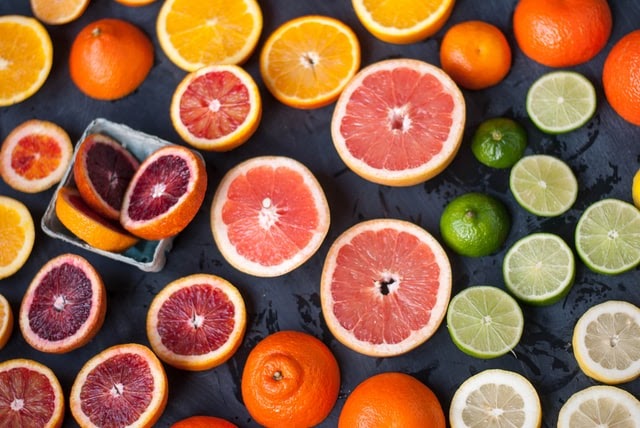
From pears to papaya, there are more fruits that begin with the letter P than you might expect. Some grow only in tropical regions, while others might thrive even in your backyard; many of them are sweet, but others are tart. These are only some of the many fruits that begin with the letter P.
Pineapple
Pineapples look like one large fruit, but they're actually composed of many individual berries growing together around a central core. Originally found in Brazil and Paraguay, it's now cultivated around the world, including comparatively cooler climates like Southern California and Southern Florida.
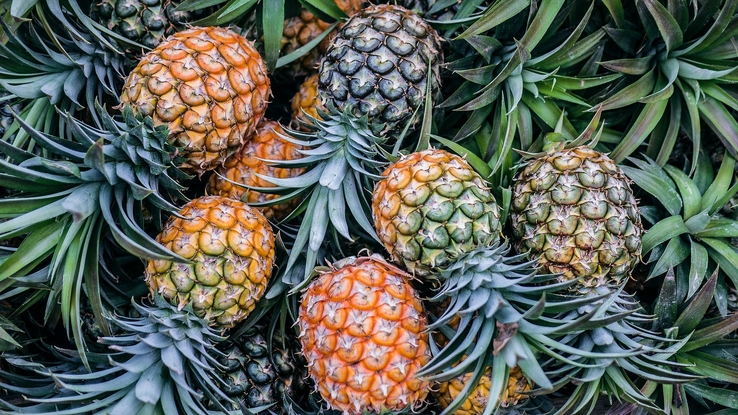
Pineapple is a sweet, tangy, delicious tropical treat loaded with nutrition but low on calories. It's a good source of vitamins A, B6, C and K as well as manganese, protein, fiber and antioxidants. The enzyme bromelain, which can reduce inflammation and related conditions, is also found in the fruit. Bromelain is even used as a commercial meat tenderizer.
Pears are grown in temperate parts of both the Northern and Southern hemispheres, although they were probably first domesticated in Europe in ancient times. Spanish missionaries later brought them to Mexico and California, and they soon spread throughout the new world. Pears in Asian countries are more likely to be Chinese pears rather than the common pear.
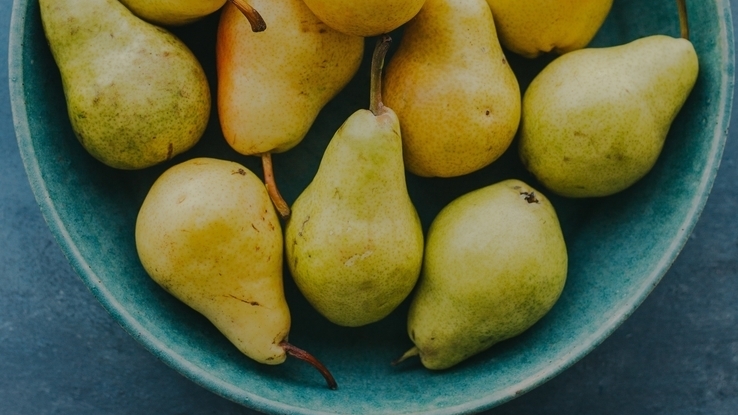
Most pears are sweeter and softer than apples, a close relative of the pear. Both fruits are part of the rose family of flowering plants, which include — you guessed it — roses, strawberries, cherries, raspberries and even almonds.
Pomelo
You might expect the pomelo (also known as a pummelo) to be some sort of new grapefruit hybrid given how similar they are in appearance and taste. However, pomelos are actually the ancestors of grapefruit, not the other way around. These citrus fruits come from Southeast Asia but are now grown in tropical areas all over the world.

Like grapefruit, pomelos can range in taste from sweet to sour and can grow as large as a 25-pound watermelon, although others are only the size of a cantaloupe. The skin can be yellow or green, while the flesh is pink to deep red.
Papaya
The papaya (or paw paw, as it's known in Australia) originated in Central America and Southern Mexico, but it's now grown in hot and humid climates across the globe. The fruit of the papaya tastes sweet, while the edible seeds are a bit spicy.
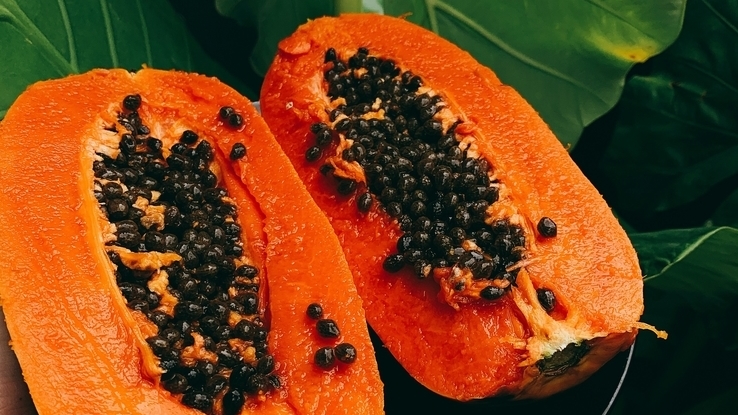
With antioxidants that reduce inflammation, fiber that helps with indigestion, plenty of vitamins and other nutrients, papayas make for a healthy snack even by fruit standards. They contain less sugar than other fruits, making them good for diabetics, can reduce menstrual pain and may even help slow down the physical signs of aging.
Passion Fruit
Passion fruit comes from Argentina, Paraguay and Brazil and has many names in different parts of the world, such as lilikoi in Hawaii, mountain sweet cup in Jamaica and parcha amarilla in Venezuela. Underneath the tough rind, which can be yellow, purple, orange and other colors, are clear sacs filled with sweet, musky juice and edible seeds.
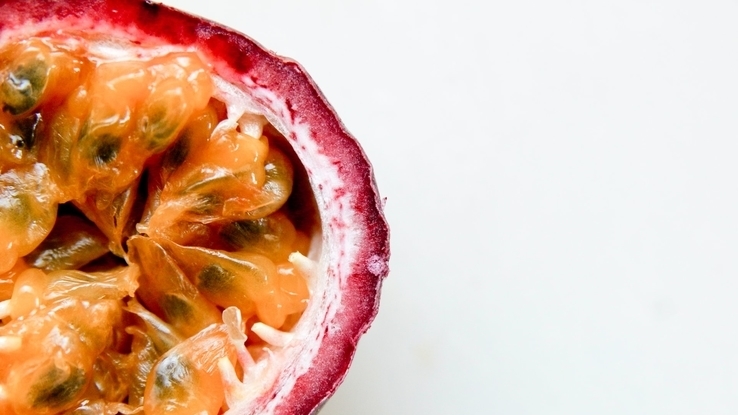
Vitamins A and C, potassium, calcium, phosphorus and more can all be found in this highly aromatic tropical fruit. It's also a good choice for people with diabetes due to its high fiber and low glycemic index.
Pomegranate
Pomegranate trees originally grew between Northern India and modern Iran, but they were soon domesticated and spread throughout the ancient world. The skin is tough and leathery with a mix of yellows, reds and pinks on the surface, while inside are sacs of fruit pulp (similar to passion fruit) that contain tart juice and edible seeds.
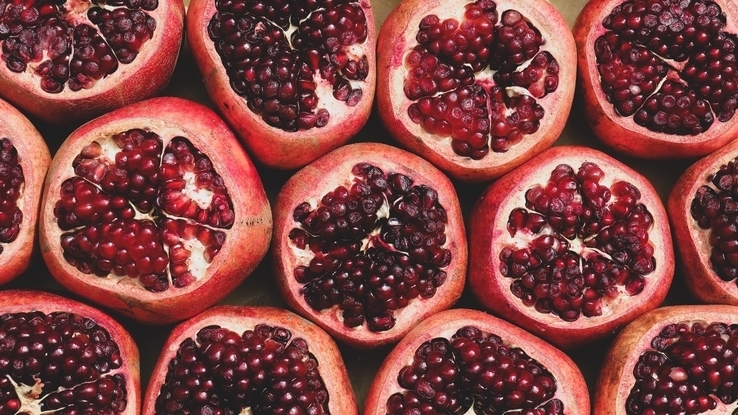
In terms of nutrition, pomegranates are rich in antioxidants, potassium, vitamin C and fiber. The white membranes surrounding the edible sacks are bitter and generally not eaten.
Source: https://www.reference.com/science/fruits-start-letter-p-7b4d9cdb548a8108?utm_content=params%3Ao%3D740005%26ad%3DdirN%26qo%3DserpIndex